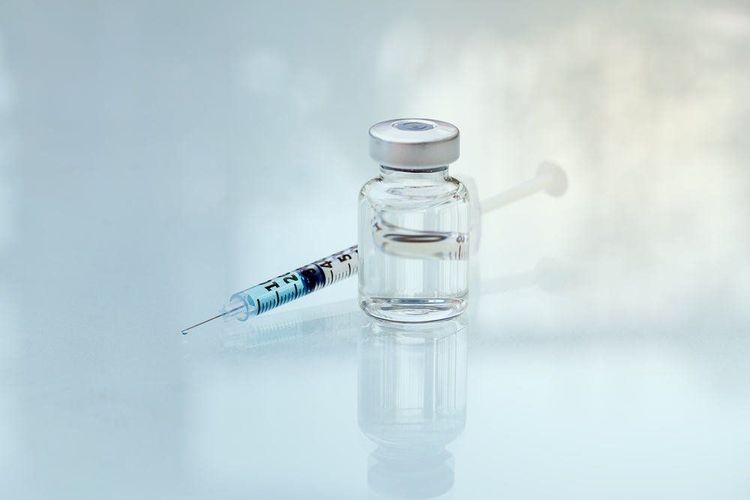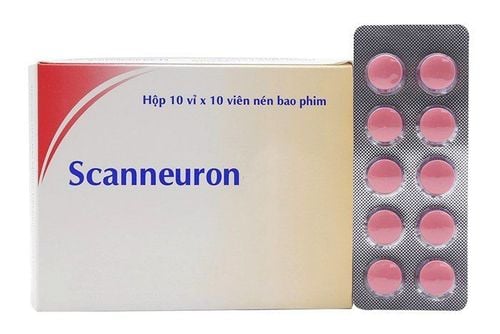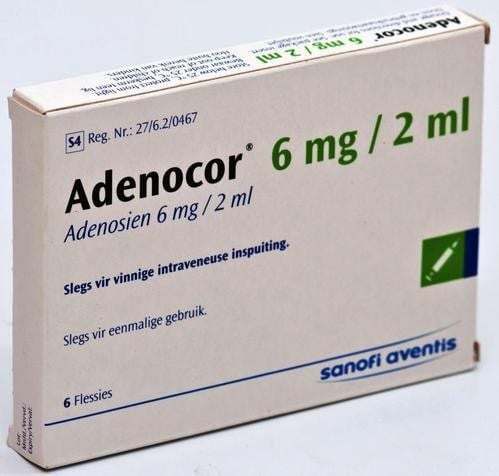This is an automatically translated article.
The article is professionally consulted by Master, Doctor Nguyen Thi My - Department of Medical Examination & Internal Medicine - Vinmec Danang International Hospital.Anaphylaxis is a serious allergic reaction that can be fatal. Anaphylaxis can occur after a few seconds or minutes after exposure to a substance that causes an allergic reaction, not only in children but also in adults if not diagnosed early and treated promptly. .
1. What is anaphylaxis?
Anaphylaxis is a type of acute allergic reaction that is severe and directly life-threatening if not treated promptly.With the sudden appearance of vasodilatation and increased vascular permeability, bronchial hypersensitivity, anaphylaxis is a recognizable clinical syndrome.
Anaphylaxis is a condition in which certain chemicals are released by the immune system during anaphylaxis, causing you to go into shock.
In some cases the cause of anaphylaxis can be identified, but in others it is difficult to determine because the cause may be a combination of many different causes, the diagnosis guessing becomes more difficult. About 20% of people with anaphylaxis have no symptoms in the skin or mucous membranes, while others develop systemic symptoms such as a drop in blood pressure.
The interaction between antigens and antibodies leads to a large amount of vasodilating factors in the body, a drop in blood pressure that can cause anaphylaxis. Shock due to injection of penicillin antibiotics is the most common type of anaphylaxis.

2. Mechanism of anaphylaxis
Mechanism of anaphylaxis goes through 3 stages:Stage 1 - sensitization phase: When the allergen enters the body, anaphylaxis begins to occur. Allergens enter the body through infusion or may be by eating, by inhalation or by skin contact, where the allergen meets macrophages. Macrophages are activated, messages are transmitted through RNA and secrete interleukin (IL 1). TCD4 is activated by IL1, with the involvement of class 1 and 3 transfer complexes, and the TH1 and TH2 subclasses of TCD4 are affected. The role of TH2 is evident in the case of drug-induced anaphylaxis, with IL 4 and IL5 involvement leading to IgE production.
IgE antibodies from plasma cells cross the plasma membrane and are attached to the surface of mast cells.
Phase 2 - pathophysiological phase: Allergen combines with IgE to release many types of mediators: serotonin, histamine... Stage 3 - pathophysiological stage: Active mediators cause effects causes the arteries to dilate, blood pressure to drop, the bronchi to constrict, causing pain in the abdomen, the cerebral arteries to constrict, causing headaches, dizziness or possibly coma. The consequence of this mechanism is increased capillary permeability and bronchial oversensitization causing peripheral vasculature to dilate, increased vascular permeability, decreased circulating volume leading to hypotension. pressure, the activity of the heart muscle is affected, in addition, the bronchi are constricted, the larynx is edematous, the airways are narrowed, causing acute respiratory failure.
Anaphylaxis occurs when the body has an allergic reaction, ie it can happen to one person but may not happen to another.

3. Causes of anaphylaxis
To fight foreign substances entering the body, the immune system will produce many specific antibodies. For harmful substances, this is an effective response. However, in some other cases, the immune system reacts in a hypersensitivity to harmless substances such as food ... then the immune system will initiate a chain of chemical reactions leading to allergic phenomena. response.Oral drugs, injections, fluids, food or insect venom are easy causes of anaphylaxis. Some other causes of shock include a lot of blood loss, the body is crushed when injured,...
Medicines such as antibiotics, anti-inflammatory pain relievers, muscle relaxants, anesthetics, General anesthesia is the most common cause of drug-induced anaphylaxis. Bee venom is also the most common insect venom that causes anaphylaxis. Daily foods such as eggs, peanuts, and seafood are common causes of food-borne anaphylaxis.
Need guidance and prompt intervention of a doctor when you show signs of anaphylaxis. Anaphylaxis can be fatal when not handled promptly, so if you feel a sudden change in your body when exposed to a foreign agent, you should suspect that anaphylaxis has occurred (must be diagnosed and treated). immediate treatment as soon as possible). If you have a food allergy, you need to read carefully and pay attention to the foods you are using that have a high risk of causing allergies for you.
Master. American doctor has more than 6 years of experience as an internal medicine doctor at Hue Central Hospital, Hue University of Medicine and Pharmacy Hospital; Tam Tri Da Nang Hospital; Danang Hospital. Currently, he is a General Internal Medicine Doctor at Vinmec Da Nang International General Hospital.
Please dial HOTLINE for more information or register for an appointment HERE. Download MyVinmec app to make appointments faster and to manage your bookings easily.














